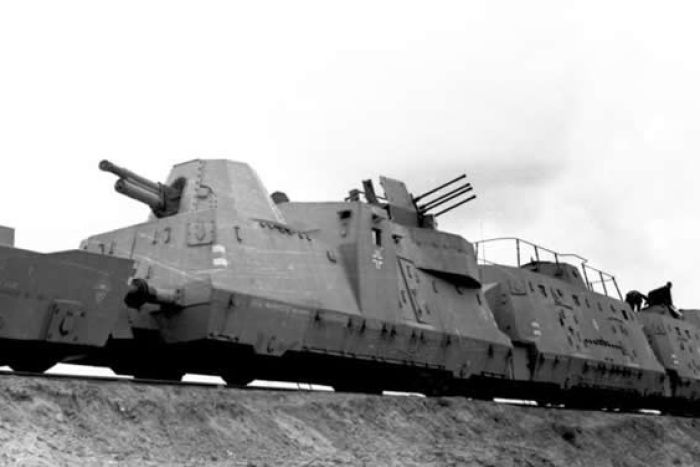Treasure hunters in Poland think they have made an incredible discovery.
The pair say they have the location of a legendary Nazi train rumoured to be full of gold, gems and guns that disappeared in World War Two.
The train reportedly vanished near the Polish city of Breslau (Now known as Wroclaw) as the might of the Soviet Red Army swept over the area in 1945.
A law firm in south-west Poland claim to have been contacted by two men who have discovered the armoured train.
Polish media are reporting that the men want a ‘finders fee’: 10% value of the train’s contents.
A Polish radio station cited local folklore as saying the train entered a tunnel near Ksiaz Castle in the mountainous Lower Silesian region and never emerged.
According to that theory, the tunnel was later closed and its location long forgotten.
The station said the 150-metre-long train was carrying guns, “industrial equipment”, gems and other valuable treasure.
Ms Tokarska did not have any details on the location or the c
ontents of the missing train.
Sceptics said there was no evidence that it ever existed, but a local history expert told Polish radio that people had secretly quested for the train for decades.
Trains were frequently used to spirit Nazi loot back to Berlin as Allied forces, led by the revenge hungry Soviets, swept toward the German capital in the winter and spring of 1945.
The so-called “Gold Train”, would have been one of 24 freight carriages sent by the Nazi’s from Budapest back to their Fatherland, filled with family treasures including gold, silver and valuable paintings seized from Hungarian Jews and estimated to be worth close to £130million.
Two news websites in Walbrzych said the train that was found had guns on turrets along its side.
One website, walbrzych24.com, said (in Polish) that one of the men was Polish and the other a German.
They are supposedly in contact with city civil servants, who have formed an emergency committee led by the mayor to investigate the claims.
Wiadomosci Walbrzyskie, another local media site claimed that the train was 150m long and held up to 300 tonnes of gold.

